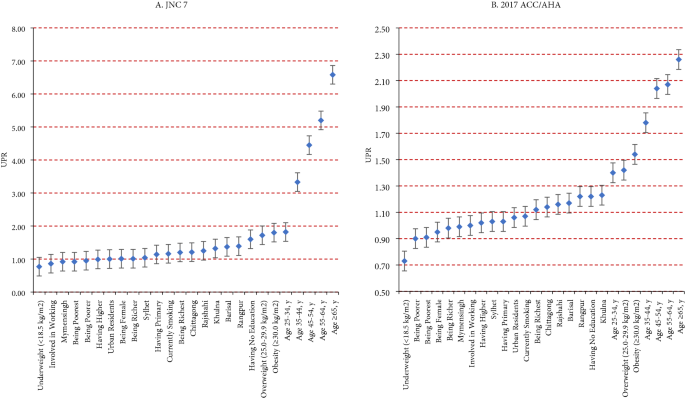

Data analysis was carried out by using SPSS version 25. Collection of data was accomplished via one self-structured proforma and WHO Classification of Weight Status which is based on BMI was also applied. Women whose age was above 28 years and up to 58 years and who either had regular menstrual cycles or had cessation of menses from at least one last year were selected for study while women who either had irregular menstrual cycles or who were not willing to participate were excluded from study. 189 women were enrolled in our study according to agreed criteria of exclusion and inclusion. This cross-sectional descriptive study was completed in about 3 months from August 2020 to October 2020 in a rural area of Punjab, Pakistan.

Therefore, this study was set to assess the prevalence of obesity and impact of menopause on it among women.

Although it is affected by number of factors including food, gender, socioeconomic status, and genetics but menopause is important in postmenopausal women. In conclusion, pulmonary embolism should be attended after disasters and prolonged immobilization in automobiles may increase risk of pulmonary embolism and sudden death.Obesity is one of the major health public problems and it not only leads to serious and chronic diseases but also causes poor mental health. Sudden death also increased after the earthquake and 7 of 22 cases (32%) spend night(s) in automobile. Six of 9 patients (67%) took refuge in their automobiles before the onset of pulmonary embolism. The first case occurred two days after the initial earthquake and new cases were reported for 27 days thereafter. Pulmonary embolism increased to 9 cases in the 4 weeks after the earthquake, compared to 1 case in the 4 weeks before the earthquake, 2 cases in the corresponding 8 weeks in 2003, and 1 case in 2002. We investigated the impact of the earthquake that occurred in Niigata, Japan, on pulmonary embolism. Physical and psychological stress induced by catastrophic events such as earthquakes can lead to sudden death, acute coronary syndrome, stroke, and other cardiovascular diseases.


 0 kommentar(er)
0 kommentar(er)
